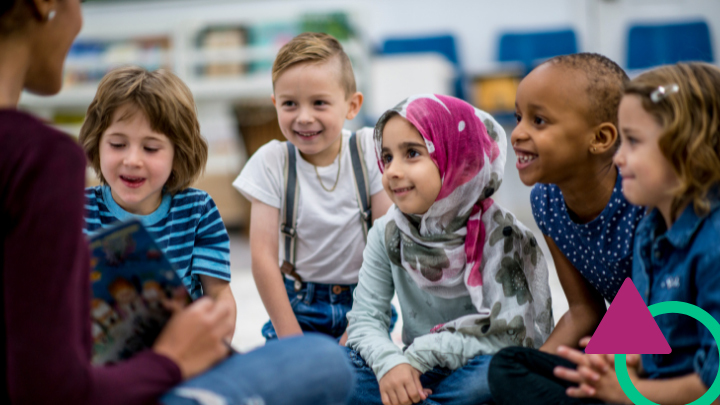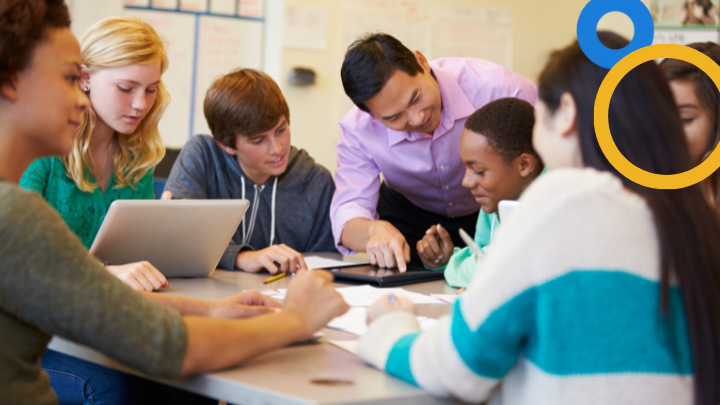As thousands of schools around the country have closed their doors to address the coronavirus pandemic, there’s one thing that teachers and students seem to miss the most: each other.
Research supports the conclusion that everyone knows intuitively: that a positive school climate increases student achievement. But how can you replicate a warm smile at the class door, or the productive buzz of students working together, when you’re communicating online or at a distance?
We’ve adapted many BetterLesson strategies to the distance learning environment. Here are three that continue your social-emotional learning (SEL) goals and build a positive classroom culture virtually.
Strategy #1: Thresholding to Greet Students at the Door
In your physical classroom, you may already practice “thresholding”: standing by the door to greet students as they enter. This strategy sets your classroom expectations and reminds students that they are valued individuals.
In distance learning, you can practice thresholding by greeting students when they enter a video conference call, going live on Facebook or Instagram every day at a set time, or even sending a weekly letter home. Don’t forget to ask your students to reply! Learn more.
Strategy #2: Class Meeting or Morning Meeting
Many elementary school classrooms feature the familiar “morning circle” on the rug. But this community-building technique works in secondary school, too—and in distance learning.
In distance learning, class meetings can be held at any time of day: synchronously through video conference, using the mute/ unmute function or the written chat to encourage student discussion; or asynchronously using a tool like Flipgrid, which allows both teachers and students to record short video messages. This creates a positive classroom culture, even when you have no classroom—or rug. Learn more.
Strategy #3: Positive News Board
Most importantly, teachers want to encourage students to take ownership of creating a positive community. In a physical classroom, you can post a bulletin board with space for positive notes from students to each other.
You can create a similar space online, using a tool like Padlet (which allows teachers to create a virtual bulletin board with room to easily post notes) or Flipgrid (which allows teachers and students to record short videos to each other). As with all digital tools, you’ll want to establish norms and expectations for digital tool use. If students do not have regular access to a computer, they could potentially use a caregiver’s phone to text notes. Learn more.
Our BetterLesson coaches are adapting many of our instructional strategies to the distance and blended learning environment. Browse the BL Lab for more.








